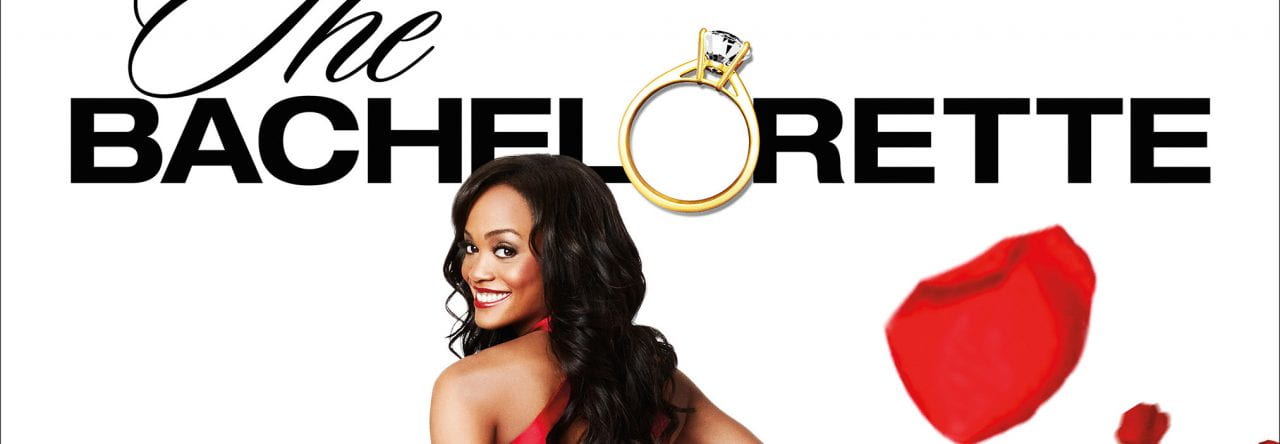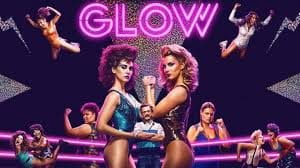- Cukier, W., Jackson, S., Elmi, M. A., Roach, E., & Cyr, D. (2016). Representing women? leadership roles and women in canadian broadcast news. Gender in Management, 31(5), 374-395. doi:http://dx.doi.org/10.1108/GM-04-2015-0035
This paper sought to explore the representation of women in Canadian broadcast news coverage. The researches used software to analyze the frequency with which women received airtime in these broadcasts, the way in which they are framed, as well as technical and expressive detail. Though we will likely focus primarily on gender representation in US news to avoid having too broad of a scope for our project, I believe it’s relevant to look at this peer reviewed source which is analyzing essentially the very same issue, only internationally. Like what we expect to find in the US, this paper found that women are quantitatively underrepresented in Canadian broadcast news coverage. It also found that women are less likely than men to be framed as leaders or experts, and less likely to hold news host or anchor positions.
- Cooky, Cheryl, et al. “Women Play Sport, But Not on TV.” Communication & Sport, vol. 1, no. 3, 2013, pp. 203–230., doi:10.1177/2167479513476947.
This paper examined the amount of coverage women’s sports received in comparison to men’s sports. It looked at 6 weeks of the televised news media coverage on the local news affiliates in Los Angeles as well as the coverage of women’s sports on ESPN’s SportsCenter using both qualitative and quantitative analysis. Through this analysis it found that women’s sports received dramatically less coverage and less positive coverage than men’s sports despite increased participation in women’s sports at a high school, collegiate, and professional level. This paper provided a slightly different perspective of women in the news than most of the other papers I looked at – instead of analyzing how women were involved in the dissemination of news it instead examined how women were portrayed in the news. I believe this is a good perspective to analyze in the research of the general topic of gender representation in the news and may be an interesting and different branch to research as opposed to the airtime women receive in news broadcasting that most of the other papers and articles I looked at examined.
- Gustafsson Sendén, Marie, et al. “‘She’ and ‘He’ in News Media Messages: Pronoun Use Reflects Gender Biases in Semantic Contexts.” Sex Roles, vol. 72, no. 1–2, Jan. 2015, pp. 40–49. EBSCOhost, doi:10.1007/s11199-014-0437-x.
The purpose of this study was to explore if there is an inherent male bias in the media by examining how the pronouns “she” and “he” are used in the context of news media. It did this by examining if “he” was used more frequently and in more positive semantic context than “she” and if “she” was used in conjunction with more stereotypical labels. This was performed using latent semantic analysis, a completely data-driven method, extracting statistics of words from how they are used throughout a corpus. Using this method avoided any inherent bias the researchers may have had. This analysis found that male pronouns were used in more positive contexts than female pronouns and used about nine times more frequently, thus arriving at the conclusion that men are portrayed as the norm in this form of media. This paper is incredibly relevant to the research we’re performing because it provides a purely statistical analysis of gender representation in news media.
- “The Status of Women in the U.S. Media 2017.” Women’s Media Center, 21 Mar. 2017, www.womensmediacenter.com/reports/the-status-of-women-in-u.s.-media-2017.
This article examined who provides news coverage for the top 20 US news outlets in the US, looking at newspapers, online news, wire services and television news in 2017. It found that men produce most of the news in all of these forms and that the disparity was particularly bad in TV news, and found that overall, men produce 62.3 percent of the analyzed reports while women produce 37.7 percent. It also provided several useful infographics that helped to visualize these disparities. Though this article was not a peer reviewed source, it provides very clear-cut statistical information on gender representation in news media. Furthermore, since this article is not peer reviewed it was able to have more current information that the other papers I read. The infographics provided will also certainly be a useful point of reference when we need to produce our own infographic for this project.
- Jia, Sen, et al. “Women Are Seen More than Heard in Online Newspapers.” PLoS ONE, vol. 11, no. 2, Feb. 2016, pp. 1–11. EBSCOhost, doi:10.1371/journal.pone.0148434.
This paper collected 2,353,652 articles over a period of six months from more than 950 different news outlets. From this initial dataset, the researches then extracted 2,171,239 references to named persons and 1,376,824 images resolving the gender of names and faces using automated computational methods. This analysis found that males were represented more often than females in both images and text, but in proportions that changed across topics, news outlets and mode. Moreover, the proportion of females was consistently higher in images than in text, for virtually all topics and news outlets; women were more likely to be represented visually than they were mentioned as a news actor or source. I believe this paper is relevant to this research because it focused entirely on gender representation in the context of online news, whereas most of the other papers I looked at focused primarily focused on the depiction of women in TV news.
- Gershon, Sarah. “When Race, Gender, and the Media Intersect: Campaign News Coverage of Minority Congresswomen.” Journal of Women, Politics & Policy, vol. 33, no. 2, Apr. 2012, pp. 105–125. EBSCOhost, doi:10.1080/1554477X.2012.667743.
This paper examined how minority Congresswomen were portrayed in the news during the 2006 midterm elections since the researchers found that, while papers had been done on minorities running for office and women running for office, none had explored the intersectional struggle that female minorities faced in this area. This paper found that minority candidates and female candidates did not receive significantly less coverage or less positive coverage, but candidates who were female minorities received coverage that was less frequent and more negative than that of their peers. I found this paper interesting and relevant because it not only explored gender representation in the news, but also brought the factor of race into play.





 Promotional Image for Glow
Promotional Image for Glow